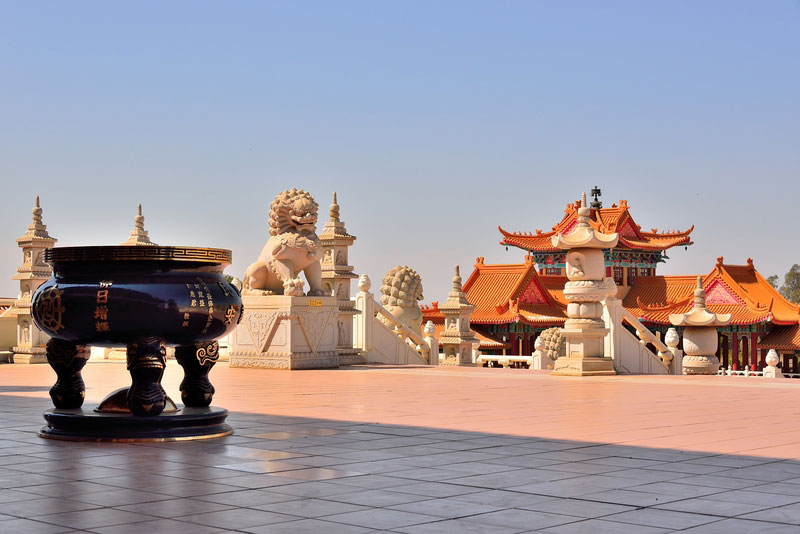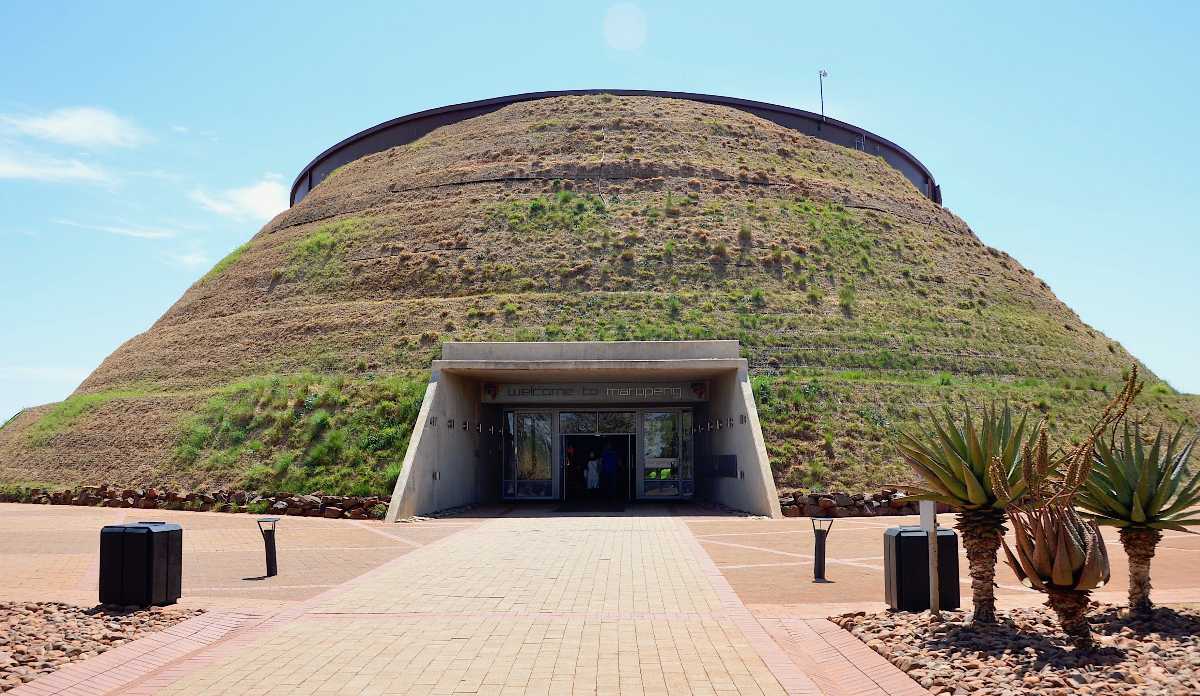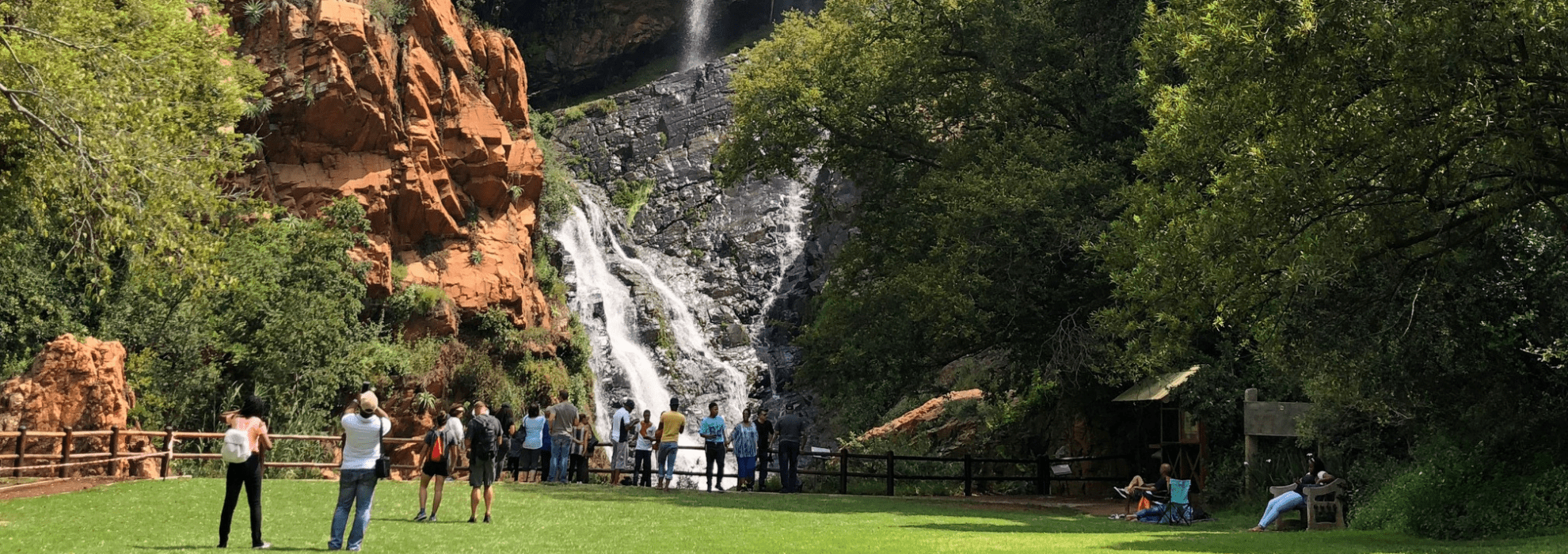The Best Guide To Johannesburg North Attractions
The Best Guide To Johannesburg North Attractions
Blog Article
Johannesburg North Attractions Can Be Fun For Anyone
Table of ContentsThe Definitive Guide for Johannesburg North AttractionsNot known Factual Statements About Johannesburg North Attractions See This Report about Johannesburg North AttractionsJohannesburg North Attractions Things To Know Before You Get ThisThe Buzz on Johannesburg North AttractionsThe Ultimate Guide To Johannesburg North AttractionsExcitement About Johannesburg North Attractions
Nonetheless you ought to keep protection in mind and vacationers need to remain sharp at all times when in unknown surroundings. Talk with the residents when you remain in town to discover the area you are remaining in. Johannesburg North attractions. When on the road (this doesn't use to buying malls and other secure environments) finest general guidance is to try your best to resemble a regional and to stay clear of showing any kind of type of wide range
Some Ideas on Johannesburg North Attractions You Should Know
Teacher Revil Mason O. J. (Thomson, 1946) discovered the Witwatersrand's pre-colonial background. His historical job exploded the 'em pty land' myth, according to which the region was without human habitation before the arrival of European inhabitants. In his magazines Prehistory of the Transvaal: A Document of Human Task (1962) and Origins of Black People of Johannesburg and the Southern Western Central Transvaal AD 3501880 (1986 ), Teacher Mason showed the level of social and economic development in the area before Europeans set foot below.

Fascination About Johannesburg North Attractions
In 1878, David Wardrop discovered gold in quartz blood vessels at Zwartkop, north of Krugersdorp. In 1881, Stephanus Minnaar came across gold on the farm Kromdraai, near the Cradle of Humankind.
In March 1886, a protrusion (quickly to be called the Key Coral reef) was found, quite luckily, on Gerhardus Oosthuizen's ranch Langlaagte. Some claim that the Lancastrian coal miner George Pedestrian discovered this reef. One more itinerant English prospector, George Harrison (who had formerly worked in Australian mines) gotten a prospecting licence in respect of Langlaagte in May 1886.
He chose to relocate on in a mission for greener fields, and disposed of his Langlaagte case for the baronial amount of 10. Alas: under lay the wealthiest goldfield ever before located. The exploration of this abundant auriferous coral reef prompted a gold rush that indicated the end of bucolic tranquillity in the southern Transvaal.
It would, within six years, become the largest town in southern Africa. Within a decade, it would make the Z. A. R. up until after that an anarchical and insolvent little state the most affluent country in Africa. By the turn of the century, the Z. A. R. was to surpass Russia, Australia and the United States of America to become the world's leading gold manufacturer, creating even more than a quarter of the globe's gold.
The Basic Principles Of Johannesburg North Attractions
It was known as Ferreira's Camp, called after more information Colonel Ignatius Ferreira. He was a Boer traveler upon whom the British authorities had bestowed the status of Companion of the A Lot Of Identified Order of St Michael and St George (qualifying him to the post-nominal letters C. M. G.) in appreciation for his role in the battle that had deposed the Pedi king Sekhukhune in 1879.
Two other camps were developed: Meyer's Camp on the farm Doornfontein, and Paarl Camp. The latter was nicknamed Afrikander Camp; many people from the Cape Swarm worked out there.

The Single Strategy To Use For Johannesburg North Attractions
This name acquired currency by word of mouth, such that the State Secretary verified the name to the Mining Commissioner on 9 October 1886. Stands in the town were auctioned on 8 December 1886. While some stands were cost 10, others were knocked down for just sixpence.
Two years later on, these erven were to alter hands for as high as 750 each. The tented camps diminished as a dorp of corrugated iron structures established and broadened north of the mines situated along the Key Reef Roadway. Areas such as Jeppe's Community (where working-class immigrants erected their homes) and Doornfontein (where the wealthy new 'Randlords' began to create their extravagant houses) were soon included in the ever-expanding map of the community.
The Definitive Guide for Johannesburg North Attractions
Besides the road names, there were no signs of Johannesburg being situated in a Dutch-speaking country. Lots of years later on, C. W. Kearns O. J. (among the first kids enlisted this page at St John's University in 1898) would certainly recall: 'An unusual truth regarding Johannesburg was that, although it was in the [Boer Republic], almost everybody spoke English and also the Federal government slaves addressed one in English, unless they were first dealt with in the Taal (or Low Dutch)'.
Britain had a passion in making certain ideal conditions for gold production on the Witwatersrand, and that the gold was exported to London instead than Berlin a critical provided all the a lot more clamant by the Z. A. R.'s boosting toenadering with Germany. Mine owners were on a crash training course with Head of state article Kruger, whose policy of monopolistic concessions (often granted to his cronies) protected against mining business from obtaining supplies of products (especially dynamite) and labour by themselves, cheaper terms
The 15-Second Trick For Johannesburg North Attractions
In 1890, the Volksraad had restricted the franchise to white males that had lived in the Z. A. R. for fourteen years or longer, thus invalidating most of the immigrants (that occurred to be the significant factors to the fiscus). Agitation for the ballot was a plain pretext for promoting a different schedule; the majority of uitlanders regarded themselves as short-term site visitors and had no purpose of remaining in the Z.
Report this page